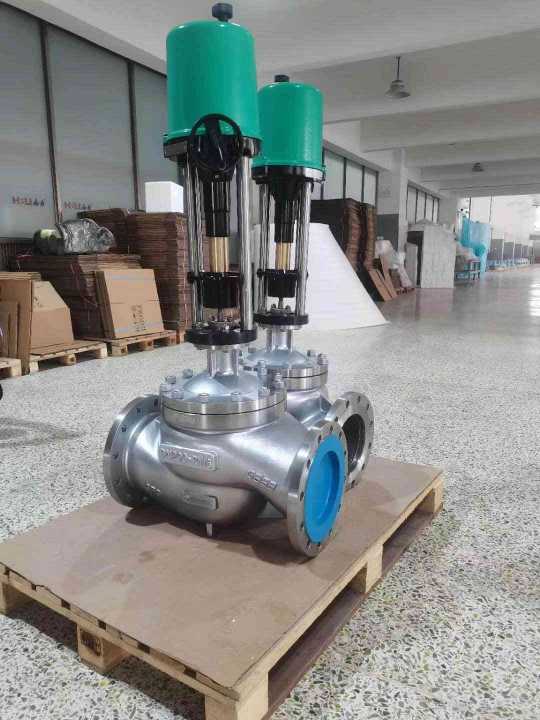Electric single seat regulating valves are essential components in various industrial processes, enabling precise control of fluid flow. These valves combine the functionalities of regulation and isolation, making them indispensable in numerous applications, from water treatment to chemical processing. This article delves into the design, operation, benefits, and applications of electric single seat regulating valves.

Design and Operation Electric single seat regulating valves are characterized by their simple yet effective design. The valve consists of a single seat mechanism, typically operated by an electric actuator. The actuator converts electrical energy into mechanical movement, which adjusts the valve’s position to regulate the flow of fluid. This configuration is particularly beneficial for applications that require fine control of flow rates. The valve’s design includes a body, a seat, a disc, and an actuator. The body houses the fluid flow, while the seat provides a sealing surface. The disc is positioned against the seat to control the flow, and its movement is controlled by the electric actuator. This design allows for quick response times, ensuring that the valve can adjust flow rates as needed.
Leave a Reply